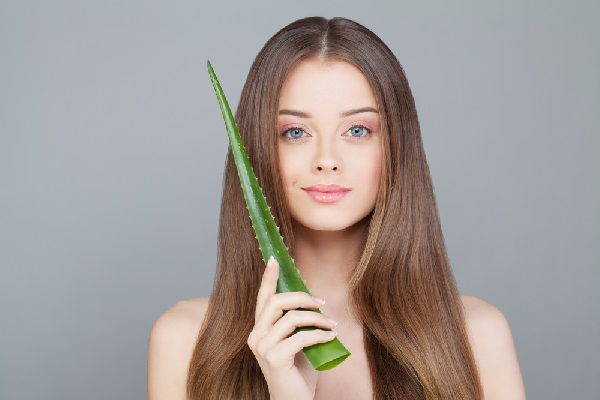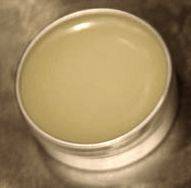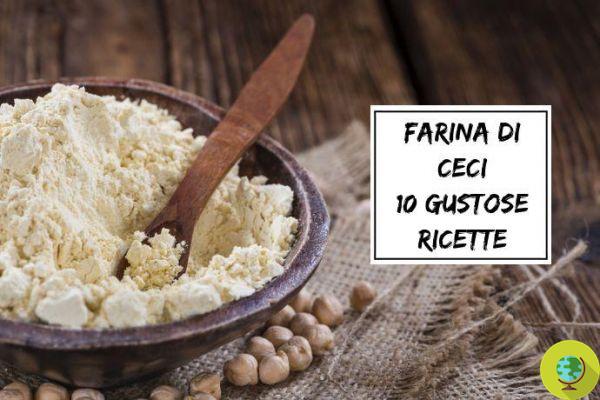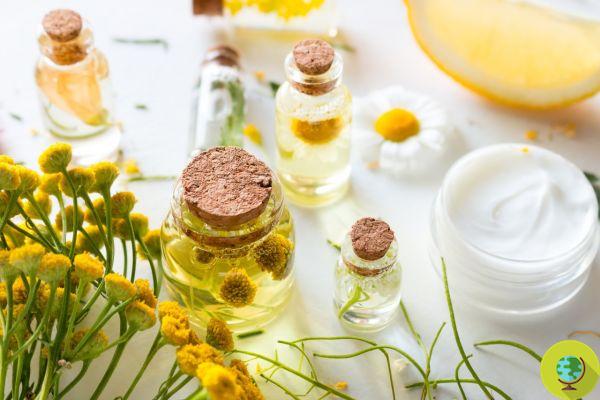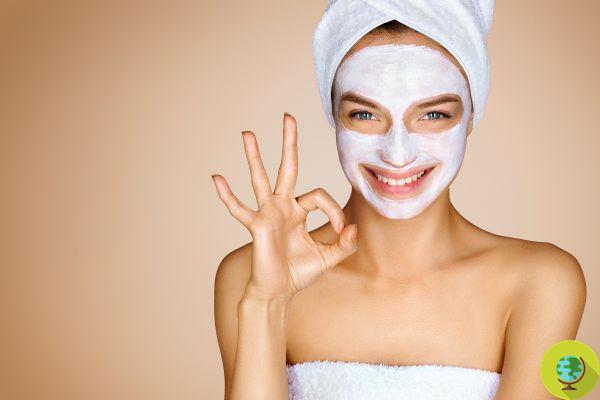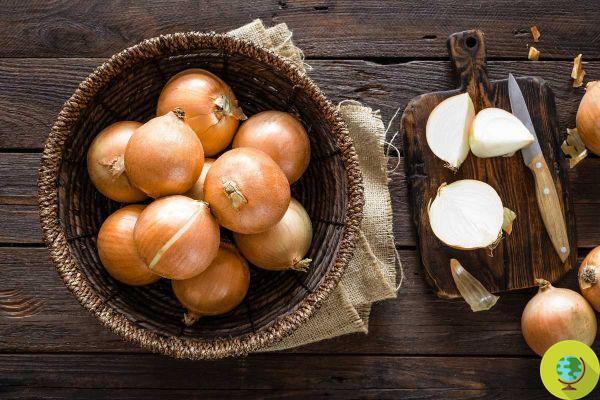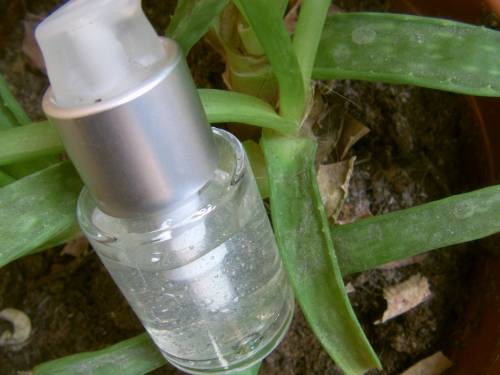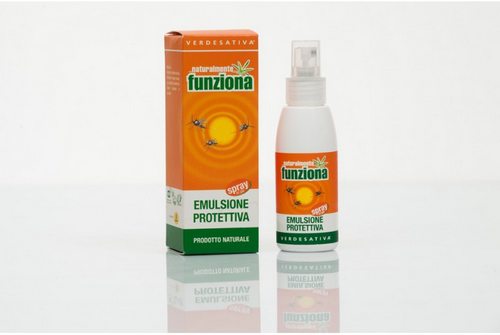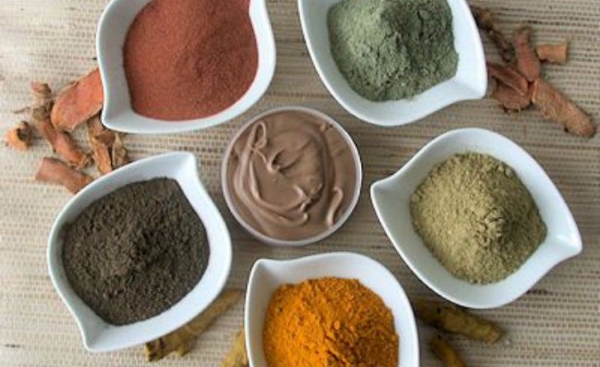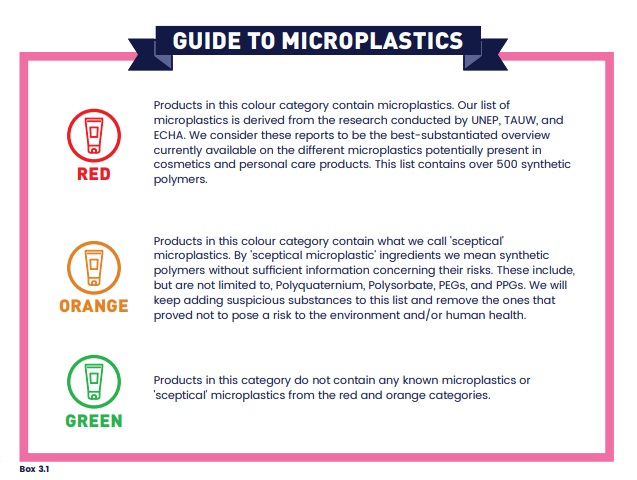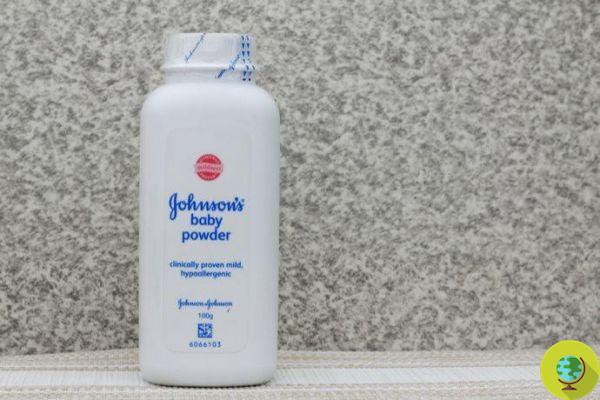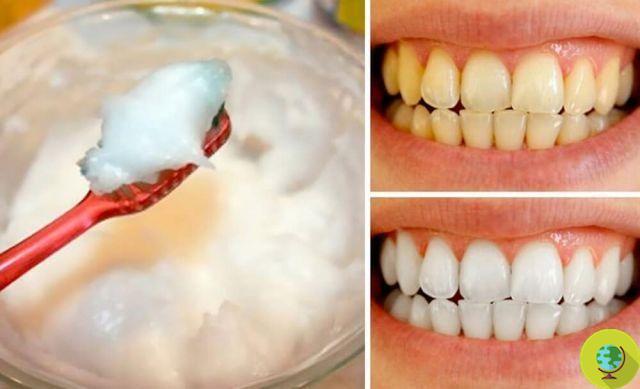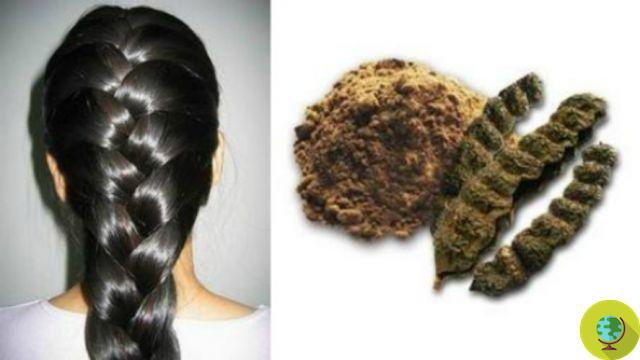Probably some of you are wondering, perplexed: 'But how? Turmeric on your hair? ' Yes, because turmeric, the same spice that flavors our dishes, can be used to reflect or dye hair.
Turmeric on the hair? Well yes, even if some of you will probably be perplexed, turmeric, the same spice that flavors our dishes, can be used for reflecting or dyeing your hair.
Maybe not everyone knows, but there long curcuma, an ocher-yellow plant native to India, has a very high dyeing power, finding wide use also in the coloring of fabrics. The powder obtained from the rhizome is ideal for reflect or dye light hair, giving it pleasant golden nuances.
On dark hair, on the other hand, turmeric is not very effective, and in any case it needs several applications before achieving noteworthy results. Also known as Indian saffron (from the Arabic Kurkum, saffron, in fact), it is a medicinal plant with extraordinary benefits: in addition to dyeing power, in fact, it has very important therapeutic properties. Curcumin, its active ingredient, is considered a powerful anti-inflammatory and anti-cancer agent.
Read also: Turmeric: all scientifically proven properties
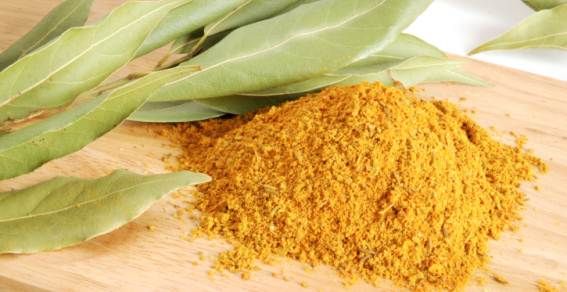
In addition to being the main ingredient in curry and as a dyeing powder, it can be used on skin. When applied to the skin, for example, it has properties anti-aging, antiseptic, rebalancing and healing.
It is often used as an ingredient in sunscreens, as it is able to protect against the harmful effects of ultraviolet rays. It also plays a powerful one anti-aging action, fighting free radicals. Finally, it helps purify the epidermis, counteracting psoriasis and eczema, facilitating the elimination of pimples and blackheads and lightening skin spots, in order to obtain a compact and homogeneous complexion.
Turmeric, properties on the hair
Turmeric gives shine and softness to the hair, it has an anti-dandruff action and stimulates hair growth since, by accelerating blood circulation, it increases the nourishment of the hair follicles.
Schematic, ha property:
- polishes
- softeners
- dandruff
- growth stimulants
Turmeric is by far one of the plants with the highest dyeing power. For what concern coloring pigment, turmeric dyes the hair golden yellow and therefore can be counted broadly among the 'lightening' herbs.
In general, however, it should be noted that it is practically impossible to lighten the hair with dyeing herbs, since, unlike chemical dyes, they do not actually have a lightening agent. The dyeing herbs color tone on tone, that is, they add their coloring pigment to the natural pigment of the hair, so they are able to darken the hair.
Instead, they are unable to perform the reverse operation, which is to remove melanin from the hair, in order to bleach it. The lightening agent (oxygen) is a main characteristic of chemical dyes. With the dyeing herbs hair can be reflected, yellowed, gilded, resulting in a lightening effect, but not bleached. So here when the verb lighten is used, it is done in this specific meaning, in the sense of obtaining a lightening result, which in any case consists of an optical effect rather than a real discoloration.
In any case, a jet black will never make a platinum blonde. At least not with natural methods. However, you can 'lighten' a tone or gild and highlight your hair with dyeing herbs, and then it's worth a try. In this way you will get a natural color, lighter and brighter, without weakening or damaging the hair. By treating the hair with dyeing herbs, in fact, we will deeply nourish the hair at the very moment in which we color it.
Having made this necessary clarification, it is easier to understand the characteristics of the individual dyeing powders. Turmeric for example, does not make you come blond hair. Turmeric dyes or reflects golden yellow hair.
On a light brown or dark blond starting base, turmeric gives fantastic golden reflections, while on henna-dyed hair this herb accentuates the red of the lawsonia.
Turmeric dyes white hair yellow, but it is a non-permanent color that tends to fade after a few shampoos. In fact, only henna colors the hair permanently, since lawsone is the only molecule capable of binding to the keratin of the hair.
Turmeric should not be used pure on hair treated with indigo or katam, as there is a risk of the much feared effect green hair; in fact the respectively blue or violet color of these two herbs mixed with yellow results in green. In this case, turmeric should be mixed with henna beforehand.
In purity, it should not even be used on bleached hair or with streaks and highlights, because you risk strange colors, which turn to straw yellow shades tending to greenish. Also in this case it would be preferable to mix it with henna or use it in combination with other herbs.
Turmeric: how to use it on hair
It is therefore advisable to follow the golden rule of all dyeing herbs: first try the effect of the powder on a hidden strand, to see the final result, thus avoiding unwelcome surprises.
This plant has a very high dyeing power, so very little powder is needed: it is sufficient to use it one or two teaspoons at the most, depending on the length of the hair. Generally, we start with a teaspoon of turmeric for every cup of water, and then gradually increase the dose.
The water is heated, the turmeric is added and the liquid is allowed to cool, waiting for the powder to settle on the bottom. Then the preparation is applied to clean hair, leaving it on for a variable time depending on the chromatic intensity to be obtained. Times range from 20 minutes up to a maximum of two hours.
Turmeric, in fact, could irritate the skin. Precisely because it stimulates the scalp, if applied in excessive quantities or kept for a prolonged time, it could cause an annoying itch.At the end, proceed to rinse, possibly using only water and possibly a walnut balm.
As always, acid rinse is recommended. It is a very useful rinse to close the scales of the hair, polishing it and fixing the color better. Just acidify the water from the last rinse by adding vinegar or lemon juice. The lotion on the hair, massage for a few seconds and then proceed with drying.
Generally, however, turmeric is not used pure, as it colors light hair a bright yellow, often very cold, sometimes almost fluorescent. It is preferred to mix it with other herbs to warm the color (rhubarb, lawsonia) or with cassia to accentuate and revive the golden reflections. Furthermore, the mix with other herbs has the function of diluting the dyeing power and facilitates its application on the hair.
For example, when added to turmeric, the cassia thickens the mixture, making it the right consistency to be distributed on the hair. If we use turmeric in combination with cassia, a mix with an average yellowing power could be made up of a percentage of turmeric equal to 10-15% of the total compared to a very high percentage of cassia, equal to 85-90%.
As stated several times, the turmeric it colors a lot, and if you exceed the doses you risk an effect that is too bright, almost unnatural. It is recommended to use gloves during application, if we do not want to end up with completely yellow hands. Once the batter is applied to the hair, a cap or transparent film is put on and left on for about an hour. At the end, it is rinsed with only water and a nut of balsam. If possible, always perform the acid rinse.
Often on the market we find turmeric as an ingredient in pre-packaged blends, in combination with other herbs, with the wording of Blonde henna. These are generally good quality products, as long as they contain pure dyeing powders, without the addition of synthetic dyes or chemical additives. It is therefore recommended to always pay the utmost attention to the Inci.
To lighten the hair we can still use some home compresses, preferable over pre-packaged ones because they allow us to 'play' with herbs, modulating them on our starting tone and on the type of effect we would like to obtain.
A very useful pack for those who want to lose a few shades of color is the one made up of the mixture of chamomile powder, cassia, turmeric and rhubarb oxidized in lemon juice. If you want warmer and amber shades you can also add a pinch of lawsonia.
Cassia is left to oxidize in lemon juice, or even in vinegar if you prefer, for at least 12 hours. The higher the external temperature, the shorter the time required for oxidation. In summer for example, 8 hours are sufficient.
After the oxidation, add the other lightening herbs, wait about a quarter of an hour and proceed with the application. If preferred, the oxidation of the herbs can also occur simultaneously. The shutter speed is about an hour. At the end, as usual, we proceed with the acid rinse, having the forethought of dilute very much the acidifying substance.
In this case, it is important to keep in mind that both chamomile and cassia are highlighting powders, which give golden shades to the hair. Turmeric and rhubarb both color yellow, but the color gradation is different: the yellow conferred by turmeric is colder, while rhubarb releases a warmer, more orange tone.
Keeping in mind the characteristics of each individual herb, we can indulge ourselves in varying the individual percentages of the mixture, until we obtain the nuance that best suits us. On fair hair, the pack will revitalize the base color, giving it beautiful golden reflections, with immediately evident results. Those with dark hair, on the other hand, must arm themselves with patience and perseverance.
It takes several applications, repeated at regular intervals over time, to obtain appreciable results in terms of golden shades on the hair. The benefits for the hair in terms of softness and shine will however be immediate.
Angela Petrella





